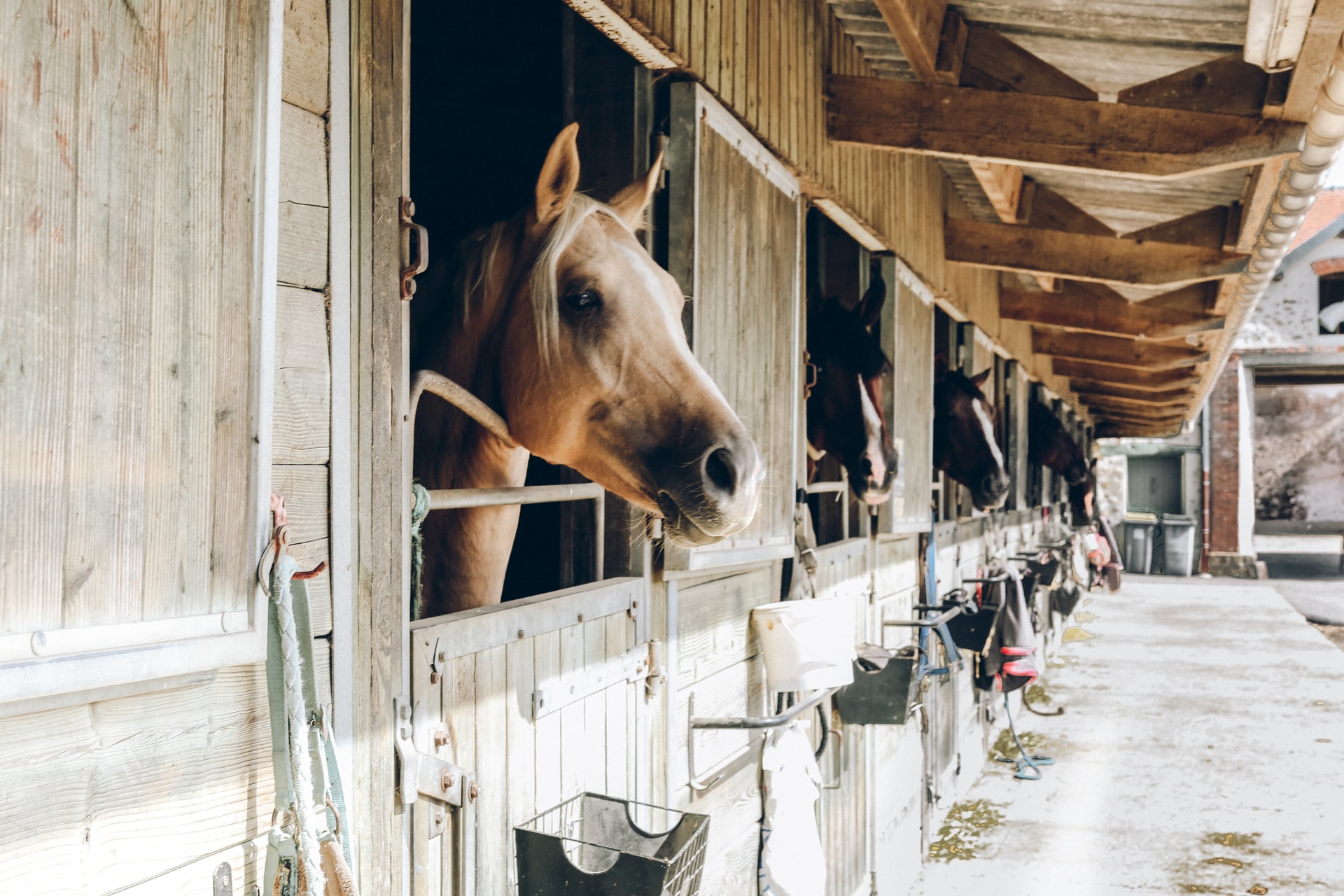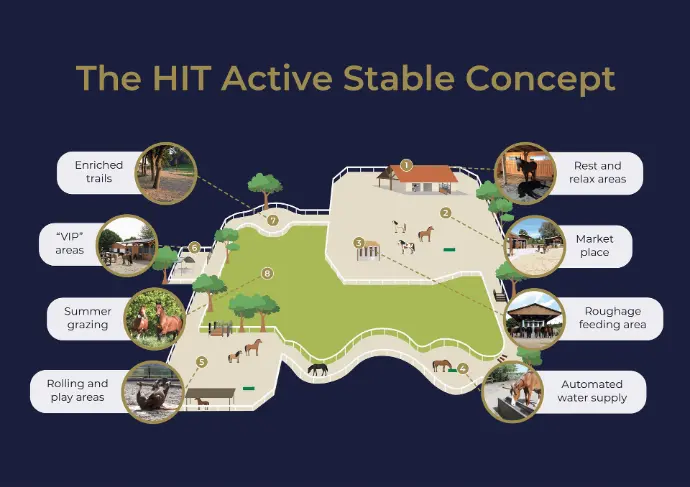Increasing Your Horse's Step Count:
A Guide to Healthier, Happier Horses
In today's world, many of us seem fixated on achieving our daily 10,000 steps, but have we ever considered the step count of our horses? Horses are natural roamers, evolved to move continuously across vast terrains. This constant movement is not only vital for their joint and muscle health but also plays a crucial role in their digestive well-being. Research indicates that movement stimulates gut mobility, reducing the risk of colic and other digestive disorders. However, modern equine management practices often inadvertently limit this inherent need for movement, potentially compromising our horses' health.
The Limitations of Traditional Housing
Traditional stabling practices significantly restrict a horse's natural movement. When confined to stables without adequate turnout, horses may experience both physical and mental health challenges. A study published in the Equine Veterinary Journal highlighted that restricted grazing systems can lead to decreased movement and increased agonistic behaviours among ponies, underscoring the potential welfare implications of limited mobility.

Beyond the traditional stable...
The design and layout of turnout fields can also influence movement patterns. The British Horse Society recommends a grazing area of 0.4-0.6 hectares (1-1.5 acres) per horse. However, simply providing ample space does not necessarily encourage increased movement. Horses may still remain sedentary if their environmental setup does not promote active foraging and exploration.
Strategies to Boost Your Horse's Step Count
Implementing simple changes in your horse's environment can significantly enhance their daily movement:
Resource Placement:
- Separating essential resources such as water, hay, and shelter encourages horses to move between these points, naturally increasing their activity levels.
Herd Dynamics:
- Allowing horses to live in herds fosters natural social behaviours and promotes movement as they engage in mutual grooming, play, and collective foraging.
One innovative approach to promoting movement is the implementation of a track system. This system involves creating a track around the perimeter of an area, with various stations for grazing, drinking, resting, and shelter strategically placed along the route. This design encourages continuous movement as horses navigate between their needs.
A study in the Equine Veterinary Journal found that ponies on a track system moved more and travelled greater distances compared to those on traditional strip grazing setups. Furthermore, a rudimentary study carried out by Gawsworth Track Livery found that horses on a track system moved 9km more than those kept in a standard turnout field. Over a 24 hour period, it was recorded that horses in the field moved 2km in total, whereas the horses on the track averaged 11km.
Jelka specialises in the HIT Active Stable Concept
HIT Active Stable is an available system ready to adapt to your needs and horses.

Benefits to Horses of Increased Movement
Enhancing your horse's daily step count offers numerous health advantages:
Weight Management:
- Increased activity helps prevent obesity and associated conditions, such as laminitis.
Hoof Health:
- Regular movement stimulates hoof growth and strength, reducing the risk of common hoof ailments.
Mental Well-being:
- A dynamic environment alleviates boredom and decreases the likelihood of developing stereotypic behaviours, leading to a more content and balanced horse.
Implementing a track system can be both practical and cost-effective. Starting with a simple grass track using temporary electric fencing allows for flexibility and adaptability to your specific circumstances. Lauren Johnson of Graveney Equine notes that even a modest track setup can lead to significant improvements in horse health and behaviour.
Conclusion
Prioritising your horse's movement is essential for their overall health and happiness. By reimagining traditional housing and grazing practices and incorporating strategies like resource placement, herd living, and track systems, you can create an environment that honours their natural instincts. Such thoughtful management not only enhances their physical well-being but also enriches their mental and emotional health, leading to a more fulfilling life.
Interested in creating a healthier living environment for your horses?
Reference List
British Horse Society. (n.d.). Pasture Management. https://www.bhs.org.uk/advice-and-information/horse-care/pasture-management
Equine Veterinary Journal. (2022). Effects of Restricted Grazing on Movement and Behaviour in Ponies. https://beva.onlinelibrary.wiley.com/doi/full/10.1111/evj.14411
Gawsworth Track Livery. (2024). https://www.facebook.com/gawsworthtracklivery/posts/pfbid0215ZscCTdbkWUSVxqqd3ftfvaLHZRcT8kgMfHRZw4LWr3WWLGNb95cqS1NtTg3nqSl
Horse & Hound. (2020). Track System Paddock Paradise: Could it Work for Your Horse?. https://www.horseandhound.co.uk/features/track-system-paddock-paradise-horses-691247
Johnson, L. (2020). Track Systems and Their Impact on Horse Welfare. Graveney Equine. https://www.graveneyequine.co.uk